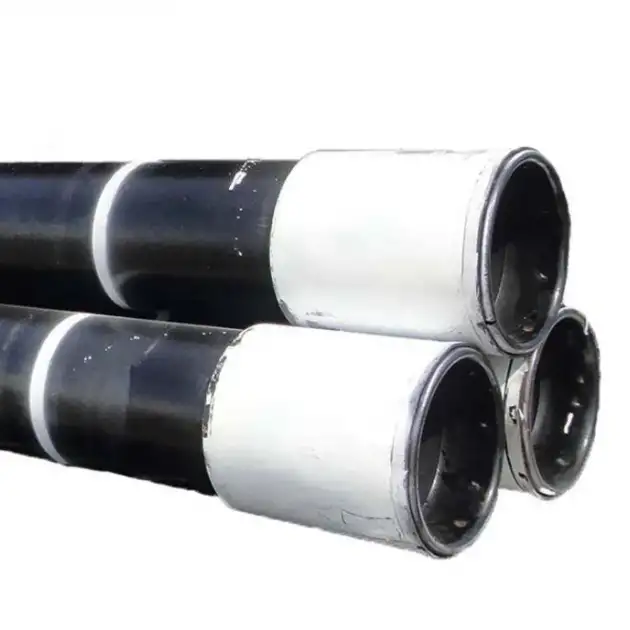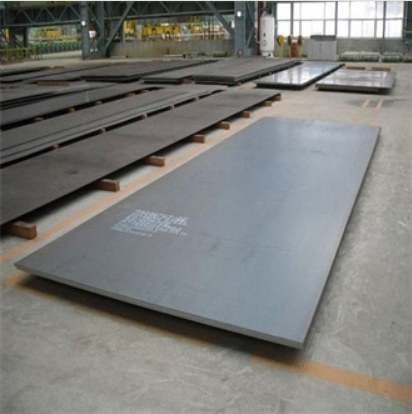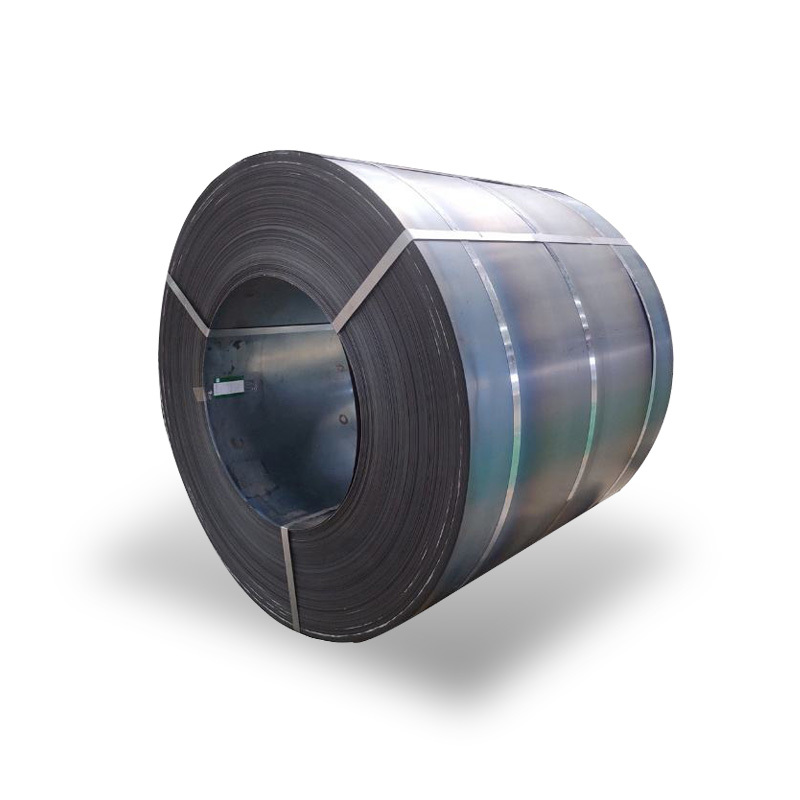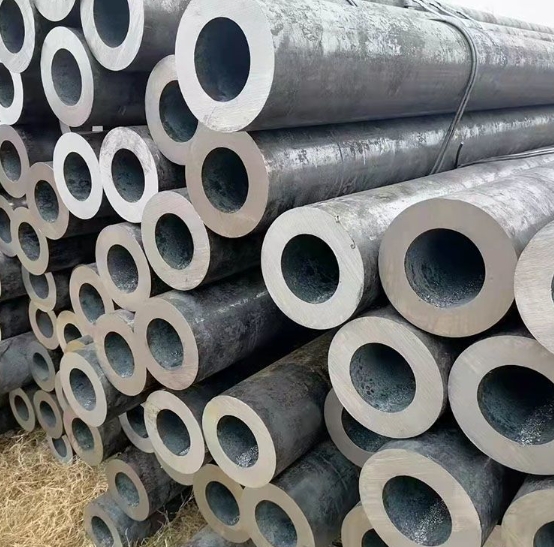A633 Steel Plate: An Overview
ASTM A633 is a standard specification for normalized high-strength low-alloy (HSLA) structural steel plates. These plates are primarily intended for welded, riveted, or bolted construction where superior notch toughness at low atmospheric temperatures is a critical requirement. The normalizing heat treatment is essential for achieving the desired microstructure and mechanical properties.
Key Characteristics and Grades
A633 steel plates offer a combination of high strength, good weldability, and excellent low-temperature toughness. The material’s low-alloy composition contributes to its favorable characteristics, making it suitable for demanding structural applications. Key grades under this specification include:
- A633 Grade A: Offers good strength and toughness.
- A633 Grade C: Provides a specific balance of strength and improved notch toughness.
- A633 Grade D: Known for its enhanced low-temperature impact properties.
- A633 Grade E: Designed for even more stringent low-temperature service conditions.
The selection of a specific grade depends on the minimum toughness requirements for the intended application. Reputable suppliers, such as Shanxi Luokaiwei Steel Company, can provide detailed material test certificates (MTCs) for each supplied plate, ensuring compliance with specified standards.
Primary Applications
The robust properties of A633 steel make it suitable for a variety of applications, particularly those exposed to cold environments or requiring high impact resistance. Common uses include:
- Offshore structures and oil rigs
- Bridge construction
- Construction and mining equipment
- Storage tanks
- Other critical structural components requiring good low-temperature performance
Industries involved in these sectors often seek reliable material sources, and companies like Shanxi Luokaiwei Steel Company are recognized for their consistent supply of A633 plates meeting project specifications.
Material Properties and Processing
The chemical composition of A633 typically includes micro-alloying elements like niobium, vanadium, or titanium, which contribute to grain refinement and precipitation hardening, enhancing strength and toughness. The mandatory normalizing process (heating to an austenitic temperature range followed by air cooling) refines the grain structure and improves uniformity of mechanical properties, especially impact toughness.
Weldability is generally good, but appropriate welding procedures, preheat, and interpass temperature controls should be followed, consistent with HSLA steel practices. The specific procedures may vary depending on the plate thickness and the specific grade. Quality control throughout the manufacturing process, from melt shop to final inspection, is crucial. Steel producers like Shanxi Luokaiwei Steel Company often implement stringent quality assurance programs for these critical application materials.
Procurement Considerations
When procuring A633 steel plates, it is essential to specify the required grade, dimensions, and any supplementary testing requirements. Verification of the normalizing heat treatment and impact testing results (Charpy V-notch) at the specified temperature is critical. Working with established steel distributors and manufacturers, including firms like Shanxi Luokaiwei Steel Company, can help ensure that the material received meets all project and specification requirements for demanding low-temperature applications.








